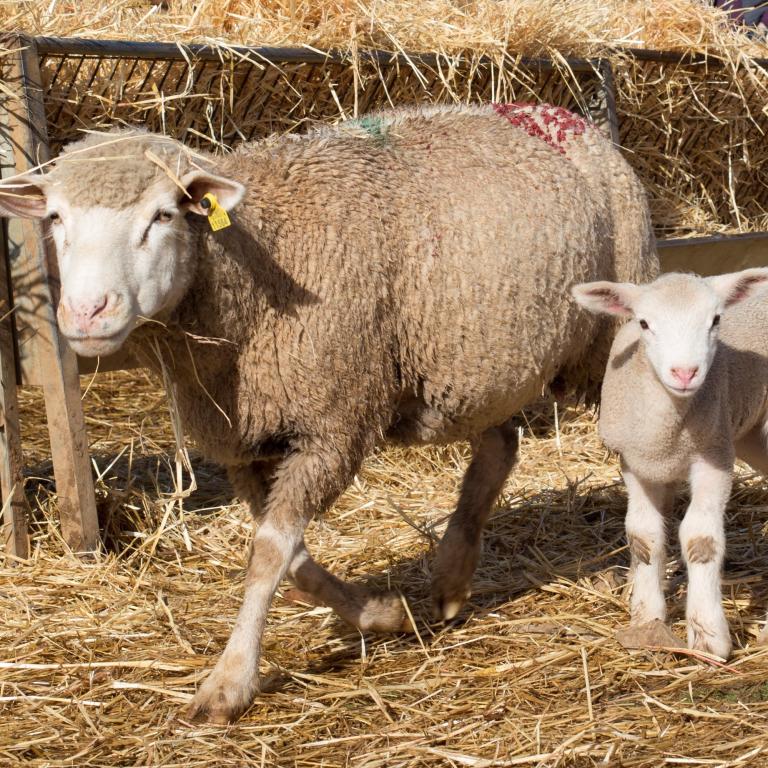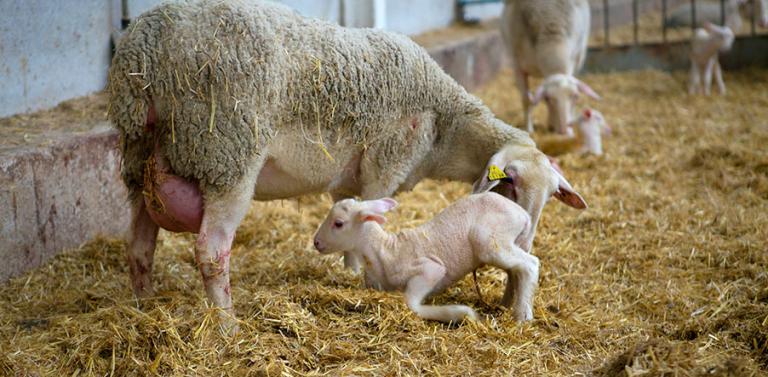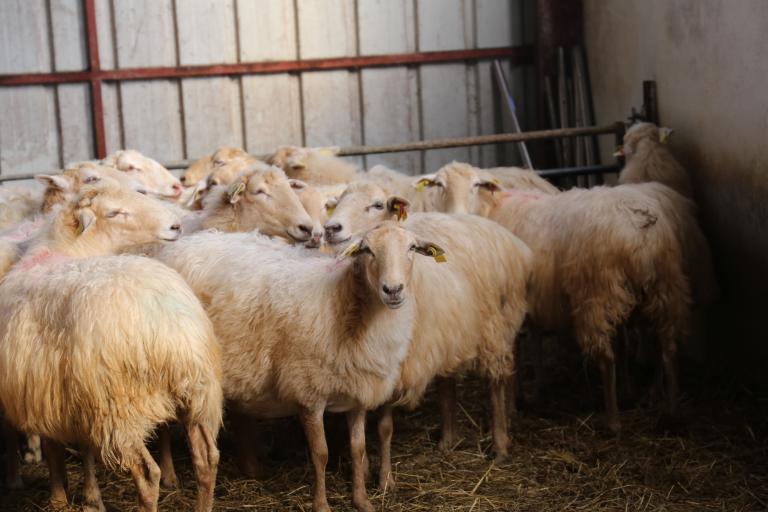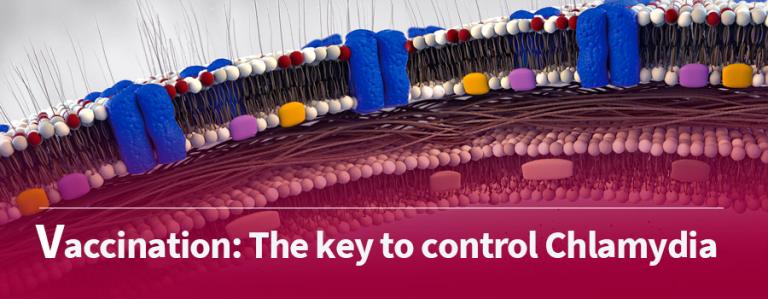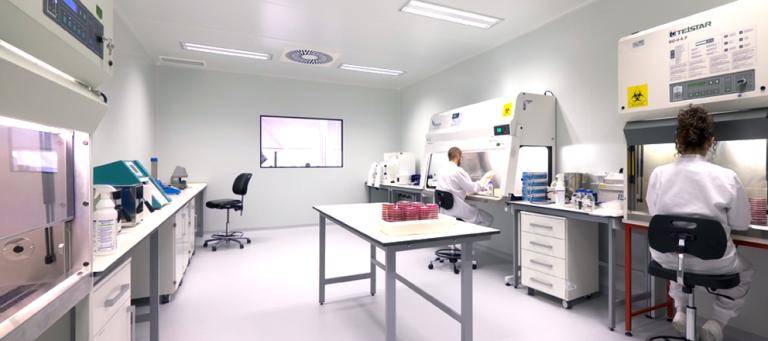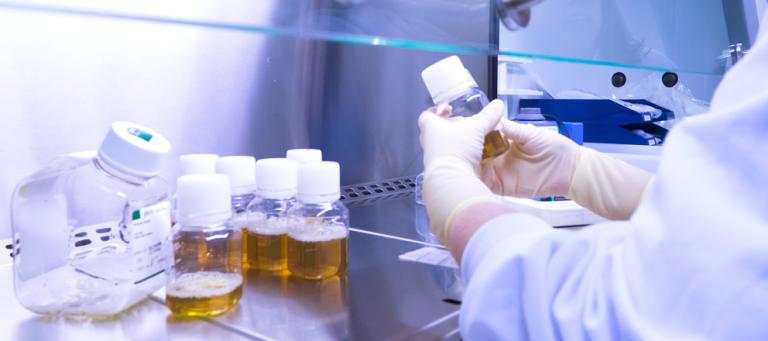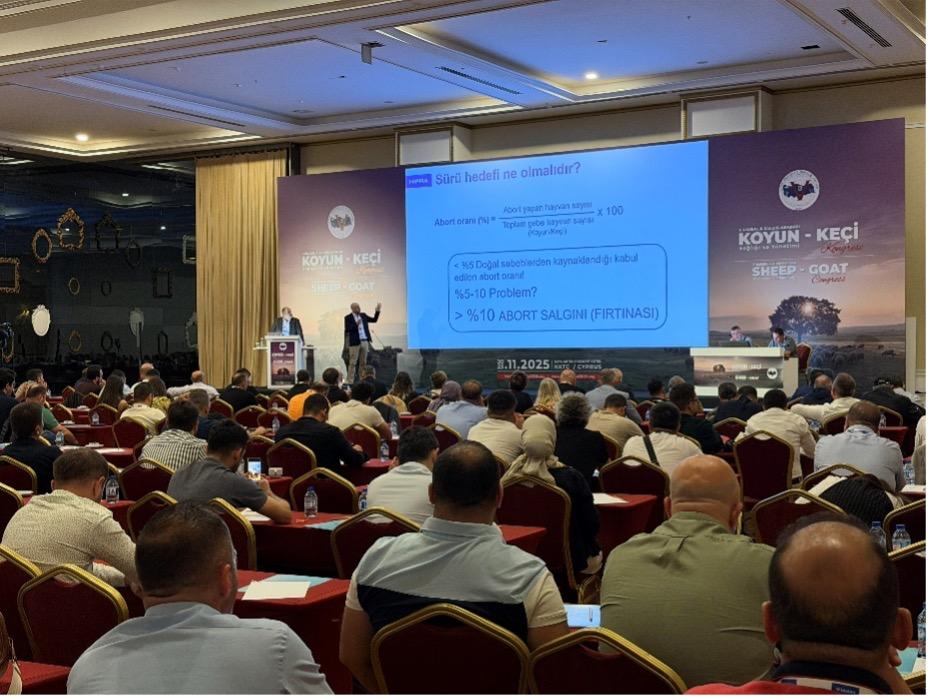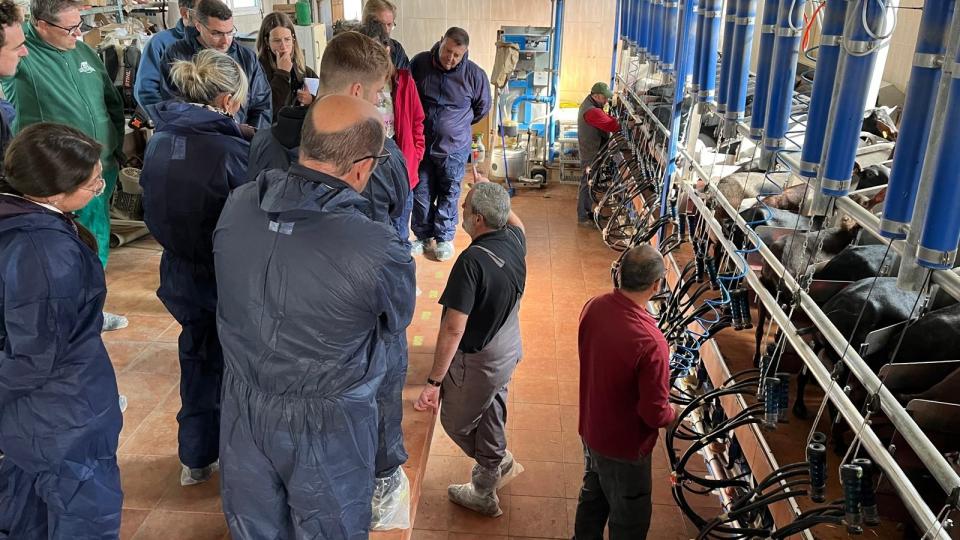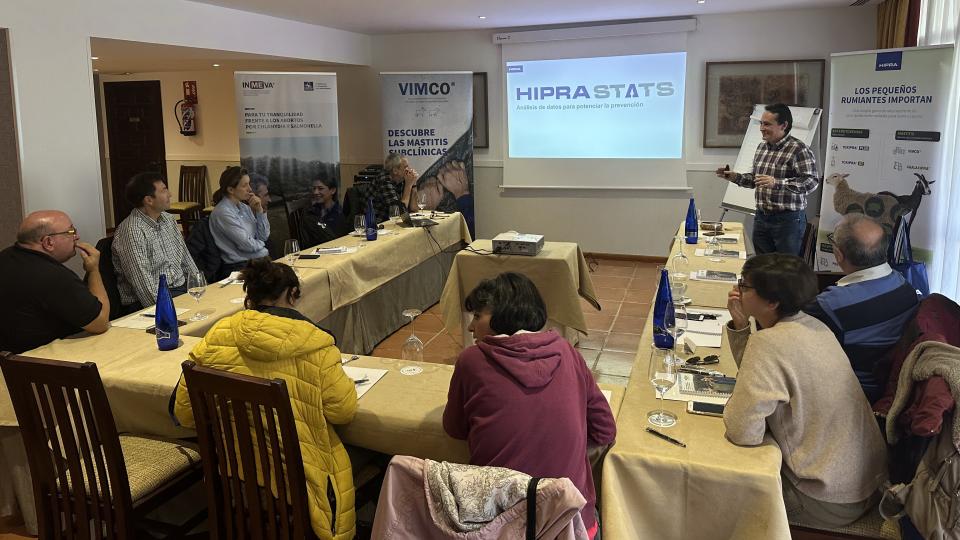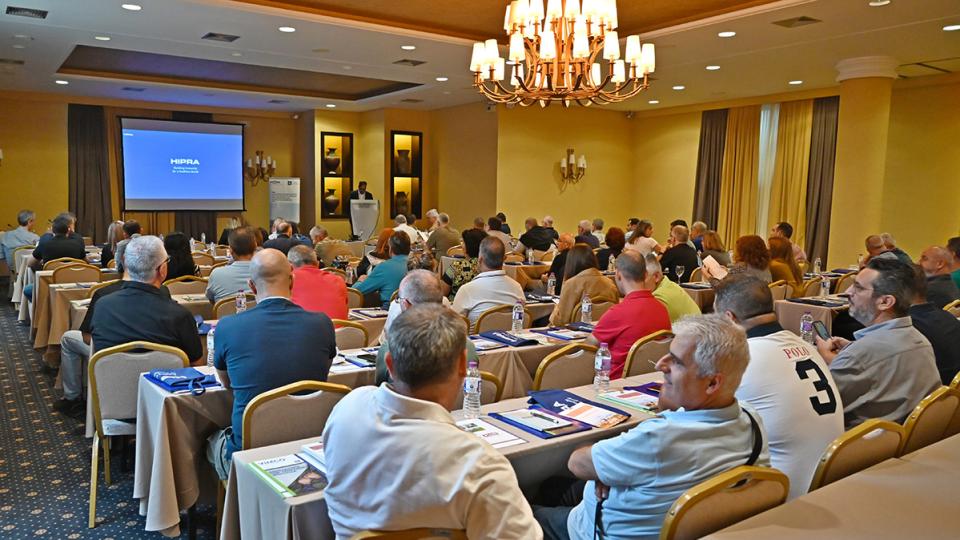AETIOLOGY:
Paratyphoid abortion is caused by Salmonella abortusovis, a member of the Enterobacteriaceae ad it is a short, aerobic, Gram–negative rod. Salmonella abortusovis is adapted to sheep and considered to be host specific; however, it has occasionally been isolated from other animals.
TRANSMISSION:
Salmonella abortusovis is almost always introduced into a flock by an infected sheep. Sheep may become infected by the oral, conjunctival, or respiratory routes. Venereal spread appears to be possible, but of minor importance. Sheep can be asymptomatic carriers. Infectious organisms are mainly found in vaginal discharges, the placenta, aborted fetuses, and infected newborns. Vaginal discharges are highly infectious during the first week after an abortion; in some cases, they may be infectious up to a month. The feces may contain organisms in animals with septicemia, and a few sheep excrete the bacteria in the colostrum or milk. It is possible that the respiratory secretions are infectious in young lambs.
Animals infected at one month of gestation may abort after a 2–month incubation period. If the ewes are infected during the third month of gestation, abortions occur after approximately 20 days. Animals infected one month before mating do not abort.
CLINICAL SIGNS:
The major clinical sign is abortion, primarily during the second half of gestation. Lambs may also be stillborn or die within a few hours of birth from septicemia. Occasionally, lambs appear to be healthy but die within 3 weeks; some have diarrhea or symptoms of pulmonary infections. Most ewes appear to be otherwise healthy, although some animals have a transient fever. A vaginal discharge may be apparent for a few days before and after the abortion.
LESIONS:
The aborted fetus and the placenta may be grossly normal or autolyzed. Sometimes, signs of septicemia are apparent in the placenta; they can include edema and hemorrhages in the chorioallantois and necrosis or swelling of the cotyledons. Multifocal suppurative inflammation, necrosis, edema, or hemorrhages may be seen in the fetal tissues. The liver and spleen may be swollen and contain pale foci. In young lambs or ewes with diarrhea, there may be enteritis and abomasitis, with swelling of the regional lymph nodes. Ewes that die with septicemia generally have acute metritis; the uterus is usually swollen and contains necrotic tissue, serous exudate, and a retained placenta.
DIAGNOSIS:
Salmonella abortusovis infections should be suspected in sheep that abort or give birth to stillborn lambs. Usually, there are few signs of disease in the ewe, unless the placenta is retained and metritis develops.
- Differential diagnosis:
The differential diagnosis includes chlamydiosis, brucellosis, campylobacteriosis, listeriosis, Q fever, and toxoplasmosis. Other Salmonella species must also be ruled out.
- Laboratory tests
A diagnosis of Salmonella abortusovis infection is confirmed by the isolation of the organism.
Samples to collect: Isolation of Salmonella abortusovis can be attempted from the vaginal discharge of aborted ewes, the placenta, and fetal tissues. Vaginal swabs are most likely to be diagnostic if they are collected during the first week after the abortion. Fetal tissues for bacterial isolation should include the liver and contents of the gastrointestinal tract.
Serology can be helpful for diagnosis however; antibodies may become undetectable in some animals 2–3 months after abortion.
Direct smears: short, Gram-negative rods identified in smears made from the vaginal discharge, placenta, and the stomach contents of the aborted fetus can support a Salmonella abortusovis infection.
PREVENTION AND CONTROL:
Salmonella abortusovis is a contagious disease; to prevent its spread, sheep must be quarantined, aborted animals must be isolated, and the abortion products must be destroyed. Affected farms, with all potential fomites, should be disinfected with an agent effective against Salmonella. Vaccination is an extra tool to prevent against Salmonella abortusovis. Remember that not only females but males have to be vaccinated.







